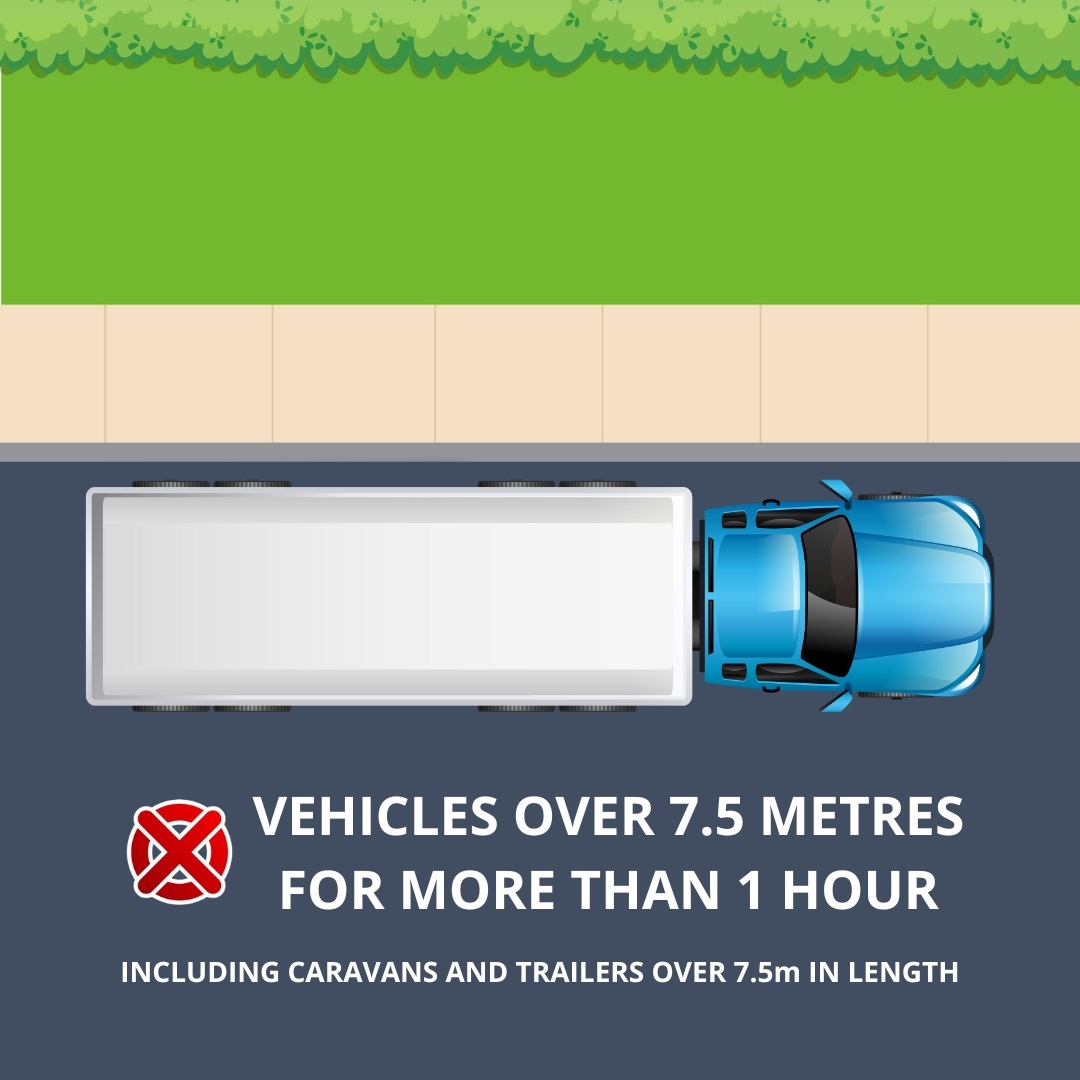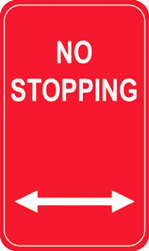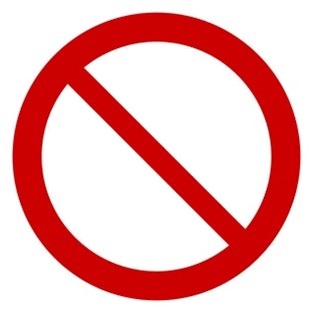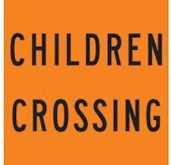Parking enforcement
Parking in Cessnock CBD
A number of free and untimed parking spaces are available in Cessnock CBD, with convenient pedestrian access to local businesses.
Drivers are reminded of their obligation to comply with the Road Rules when driving and parking, and to be mindful of pedestrians in these areas.
Parking restrictions
Cessnock City Council manages parking restrictions on regional and local roads.
Designated parking areas and time restrictions are used to help regulate parking to ensure vacant spaces are available. Restrictions encourage:
- pedestrian safety
- passenger safety during pick-up or drop-off
If you drive or ride a vehicle, please be aware of parking restrictions and how to follow them correctly.
Parking Enforcement
We aim to achieve a balance between public safety and traffic flow in the management of vehicle parking throughout the Cessnock Local Government Area.
Examples of illegal parking where fines will be issued include:
- Parking in school zones
- Overstaying signposted time limits
- Parking where there are 'No Parking' or 'No Stopping' signs
- Parking on public reserves
- Parking across driveways
- Parking on nature strips or footpaths
- Parking in the opposite direction of travel
- Vehicles with a gross vehicle mass of over 4.5 tonnes parking on a length of road in a built up area for longer than 1 hour
- Vehicles that exceed 7.5 metres in overall length parking on a length of road in a built up area for longer than 1 hour, this includes caravans and trailers
School Zones
School zones were created to help protect children on their way to and from schools at the times and places where they are often in high numbers. The lower speed limits and parking restrictions (No Stopping signs, and others) assist in reducing the risk of injury to children. Inclement weather is not taken into consideration as offences in school zones are for the safety of children.
Council rangers conduct regular patrols at schools around peak drop off and pick up times during the school term with zero tolerance given to parking offences within school zones during these times.
Issuing fines
In most circumstances, a parking fine or a parking fine notice will be placed on your vehicle's windscreen.
If a parking fine notice is left on your vehicle’s windscreen, the registered owner of the vehicle will receive a formal fine via Revenue NSW.
The registered owner does not need to act or pay the fine until they have received the Formal Fine Notice from Revenue NSW.
Council uses the 'Print and Post' system to issue parking related fines via Revenue NSW. In most circumstances, parking fines are no longer placed on the vehicle windscreens. Instead, Revenue NSW will post the fine to you on behalf of Council.
Paying your fine
Cessnock City Council does not process payment of fines.
If you have received a fine, you can pay it online or view your options at the Revenue NSW website.
Revenue NSW can be contacted by calling: 1300 138 112 or by mail: PO Box 786 Strawberry Hills NSW 2012.
Please note: You need the penalty notice number (at the top of your infringement) to pay a penalty.
Contest a parking infringement
Council cannot discuss or review a fine.
All enquiries or objections relating to fines must be made to Revenue NSW. To contest a fine, see the procedure on your fine or request a review online.
Conducting the review process through Revenue NSW prevents any potential conflict of interest with Council and staff.
Revenue NSW can be contacted by calling: 1300 138 112
Reporting
Fines Amendment (Parking Fines) Act 2024
The Fines Amendment (Parking Fines) Act 2024 in NSW introduced changes to the Fines Act 1996, primarily focusing on fairness, transparency, and accountability in parking fine procedures.
Council provides a report in relation to the preceding reporting period, on the number of penalty notices issued by Council for parking offences and the number of penalty notices for which no notification was attached to a vehicle.
Parking rules explained
Council understands the NSW Road Rules can be confusing, and offers the below advice to assist drivers in where they can legally park.
When parking a car on a road the driver must follow these rules:
The vehicle must be parked in the same direction that vehicles can lawfully travel in the marked lane, line of traffic or part of the road where the driver parks.

If the road is two-way, the driver must position the vehicle parallel and as near as possible to the far left side of the road. This does not apply to the rider of a motor bike if the rider positions the motor bike so at least 1 wheel is as near as practicable to the far left or far right side of the road.

If the road is one-way, the driver must position the vehicle parallel and as near as possible to the far left side of the road, unless otherwise indicated by a parking control sign. This does not apply to the rider of a motor bike if the rider positions the motor bike so at least one wheel is as near as practicable to the far left or far right side of the road.

If the vehicle is not being parked in a parking bay, the driver must position the vehicle at least 1 metre from the closest point of any vehicle in front or behind it.


You must park with the marked bays where marked.


If the road has a continuous dividing line or a dividing strip, the driver must position the vehicle at least three metres from the continuous dividing line or dividing strip, unless otherwise indicated by information on a parking control sign.

If the road does not have a continuous dividing line or a dividing strip, the driver must position the vehicle so there is at least three metres of the road alongside the vehicle that is clear for other vehicles to pass, unless otherwise indicated by information on or with a parking control sign.


Vehicles longer than 7.5 metres or with a GVM of more than 4.5 tonnes, must not park in a residential area for longer than 1 hour.

Other common parking restrictions
|

|
The ‘No stopping’ sign means you must not stop at any point on the road or kerb in the direction of the arrow, unless in an emergency.
|
 |
You must not park on a road or in an area where there’s a ‘No parking’ sign. This may be all the time or at certain times, as shown on the sign.
You can stop for less than 2 minutes if you stay within 3m of your vehicle, if you’re:
- dropping off or picking up passengers
- loading or unloading items.
|
 |
You must not stop your vehicle in a bus zone, unless you are a public bus.
|
 |
Double Park. You must not double park next to another vehicle. This includes stopping to drop passengers off.
|
 |
You must not stop within 20 metres before, or 10 metres after a children’s crossing unless a parking control sign permits.
|